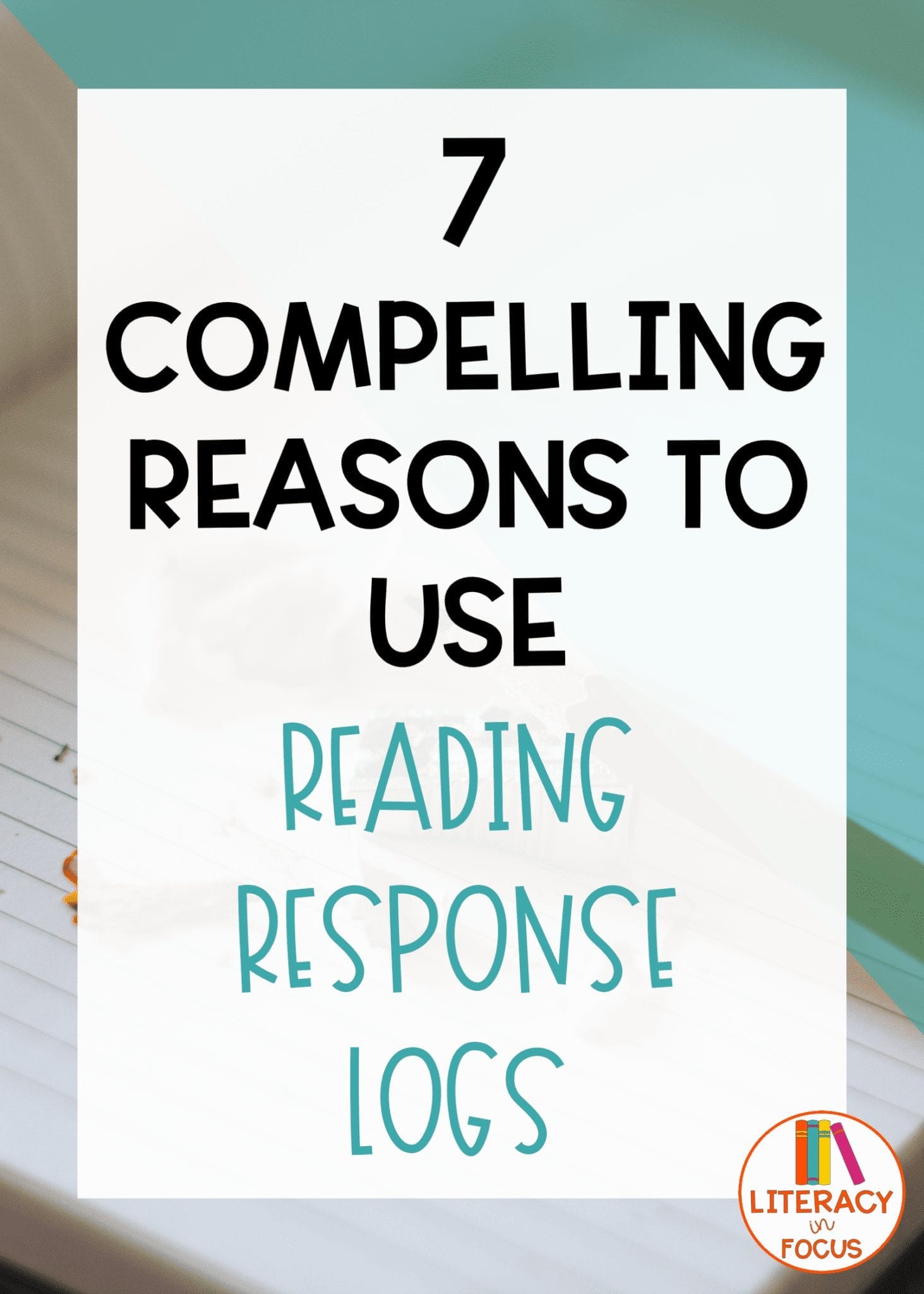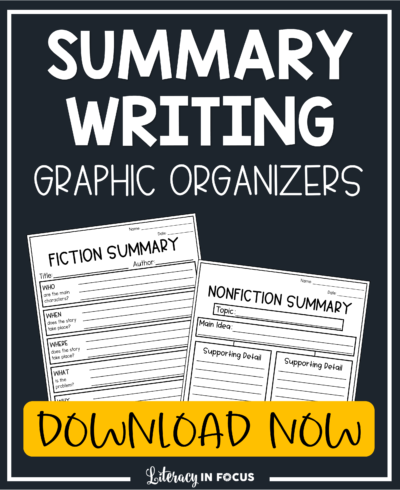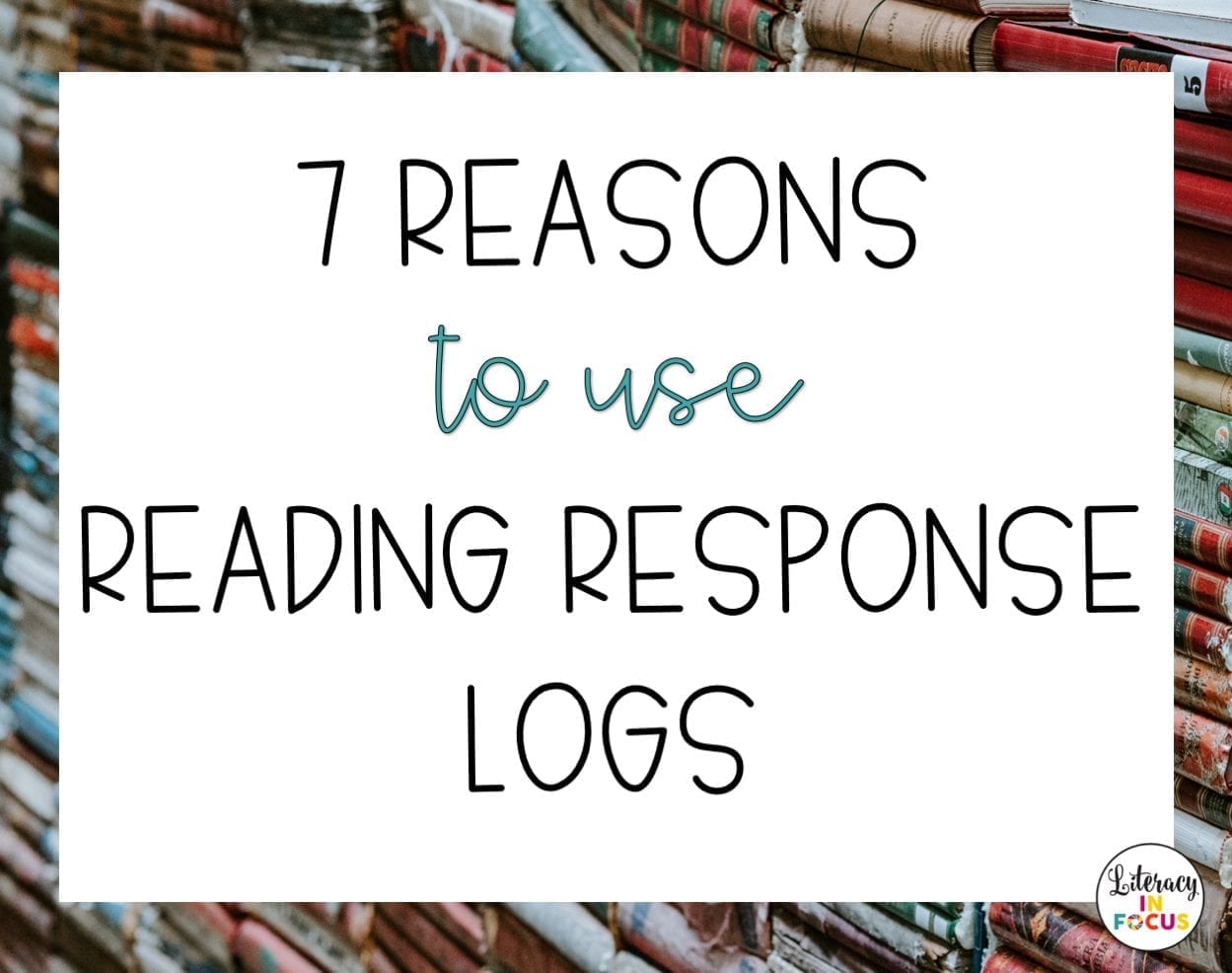
Instilling the love of reading in your students is not an easy task. Sure, you might have a handful of students that naturally enjoy and look forward to independent reading time, but, for the most part, it’s a struggle. Fostering the love of reading is difficult because it requires discipline on the part of the student. Finding the right book, staying focused, and persevering through the tough passages are all skills that require an intense amount of effort. Requiring students to complete reading response logs strengthens those skills and may even spark a strong love of reading that will continue each time the student picks up a book. Ultimately, the seven reasons to use reading response logs listed below are designed to create and maintain a genuine interest in reading.
ACCOUNTABILITY
We all have students that would rather stare off into space than read their independent reading book. It’s a fact. Requiring completion of a reading response log will encourage most students to actually read the words on the page. If students know ahead of time that they will be held accountable for their reading, they may put more effort into the reading process. Holding students accountable for their own learning takes time and repeated effort. Like everything else, it is a learned skill. Reinforcing accountability by requiring students to respond to their writing is a great way to encourage and develop autonomy when it comes to learning.
PURPOSE
Along with accountability, reading response logs provide students with a sense of purpose for reading. Each time we read, we read for different reasons, which makes setting clear expectations important. It is essential for students to understand what is expected from the writing task. Modeling the process until students feel comfortable will give students a chance to build a strong foundation of understanding before setting off on their own. Scaffolding the response logs with sentence starters or writing prompts will assist students that are new to the process.
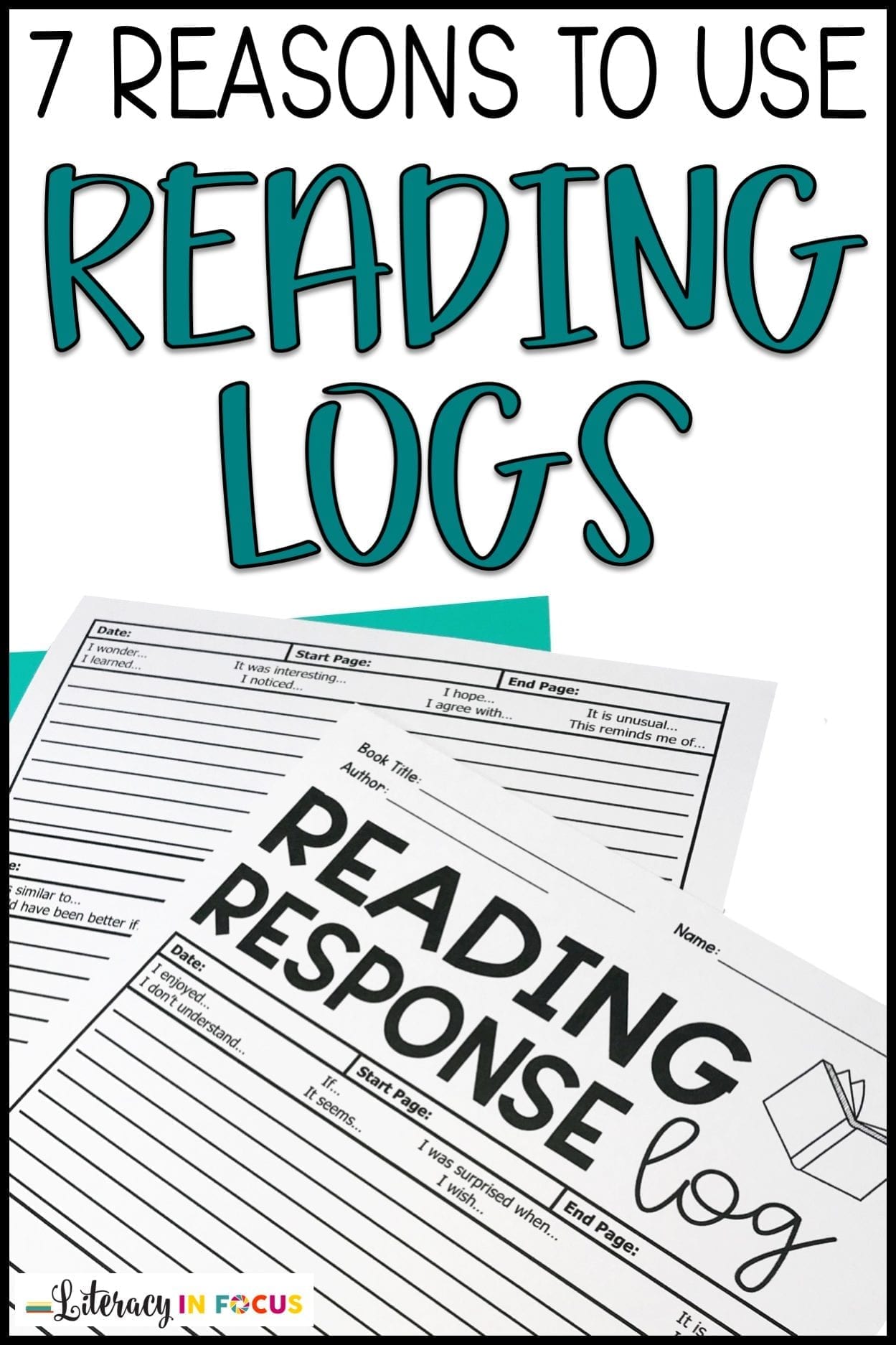
CONNECTIONS
Text connections will start to happen naturally as students get further into the book. Reading response logs have the potential to encourage students to connect the text to themselves, other texts, and the bigger picture. Making text connections is an active reading strategy that, when applied with differentiation and scaffolding, can lead to an increase in reading comprehension. As students become stronger readers, different types of text connections will start happening naturally. Reading response logs provide a catalyst for connections, especially in an emerging reader.
FOCUS
Staying focused while reading is a skill. Like any other skill, it requires practice and dedication to master. Reading response logs do just that. They force students to stay focused on the task at hand and get the reading done. Requiring a written reading response gives students a chance to work on the self-discipline and motivation necessary for successful sustained reading. With continued practice, student concentration and focus while reading should improve significantly.
CLARITY
Having an opportunity to reflect upon the reading gives students time to conceptualize and assign meaning to the information. Taking the time for interpretation in the form of a reading response log will help to solidify the information gained from reading because it gives students a space to reflect and connect with the text and topic. Ideally, reading response writing will become a way for students to show what they know, how they feel, or what matters to them about what they read.
QUESTION
In addition to giving students time to digest the material being read, a reading response log also provides students with a foundation for generating questions. Students who are able to continually practice the skill of internally questioning the text are on their way to becoming strategic and critical readers. Questioning the text propels students deeper into the book and keeps them coming back for more. It is great tool for instilling a sense of perseverance because it naturally encourages students to read further. Simply put, reading anchors the mind in thought, and the reading response log buoys those thoughts to the surface.
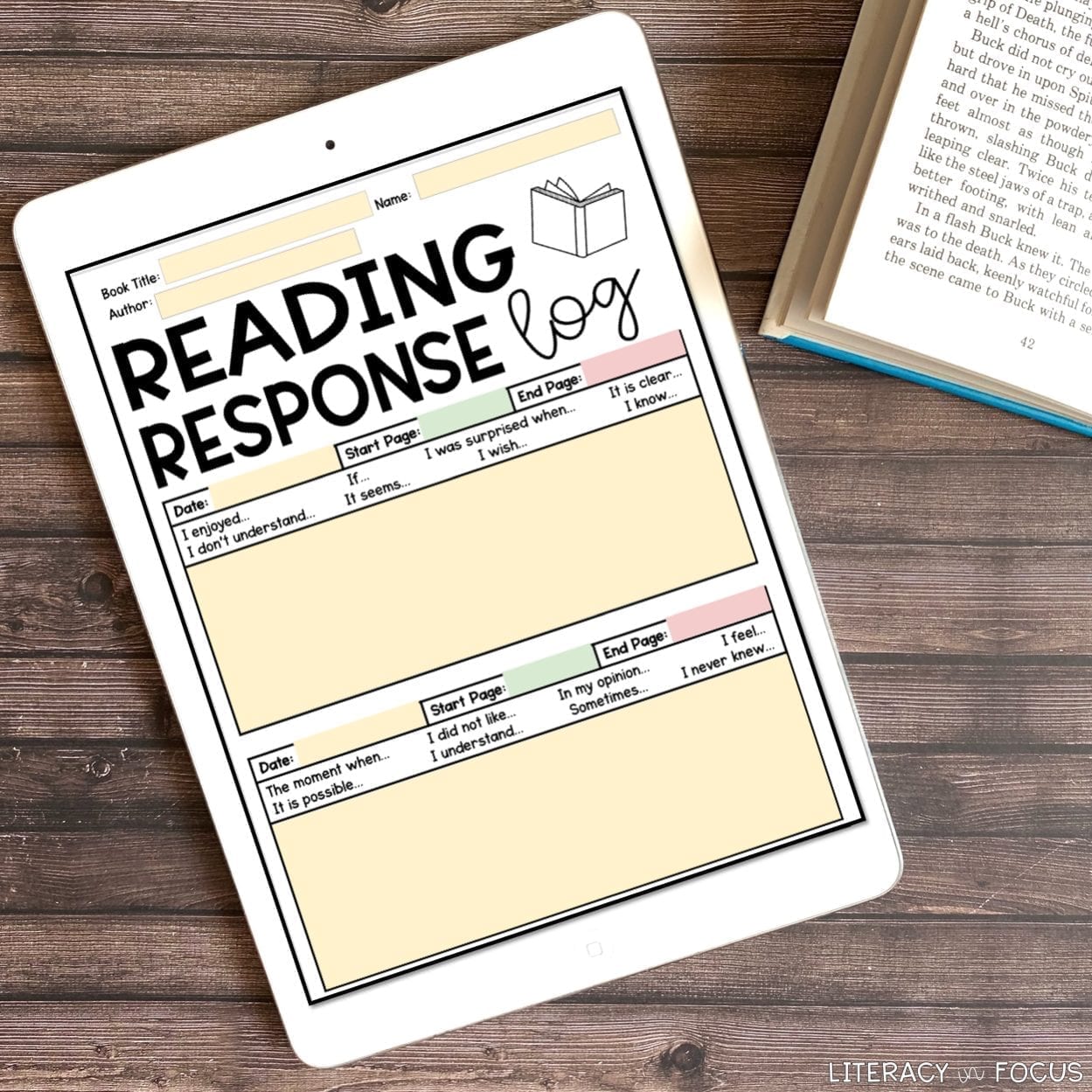
DISCUSSION
Writing a response to the reading gives students a foundation to work from when it comes to participating in a class discussion, group task, or even partner work relating to the book. If a student has time to independently reflect, there is a higher probability that they will feel comfortable sharing their opinions in a group setting because they will be more prepared to do so. Aside from preparation, students will feel more comfortable sharing the information they have learned with others and contributing to a group effort after they have had a chance to independently work through the material.
Ideally, the sustained effort and discipline it takes a student to complete a reading response log will translate into a genuine interest in reading. Sometimes, all students need is a little extra push to get the ball rolling in the right direction. They may even surprise themselves when they start to look forward to independent reading time.
If you aren’t looking to reinvent the wheel and want to save some time, click on the image or link below to download a comprehensive reading response log from Literacy in Focus on TpT. Forty different sentence starters are included to assist students in getting started with the writing process. Also, along with a the paper PDF version of the reading log, a digital version is provided as an option for those of you that have access to technology in your classroom.

“I liked that this product gave a little more accountability than just counting minutes or pages. I sent these home every week!” -Julie P.
